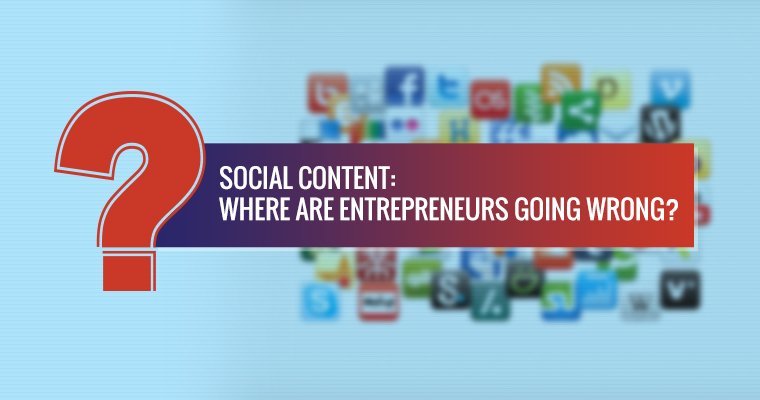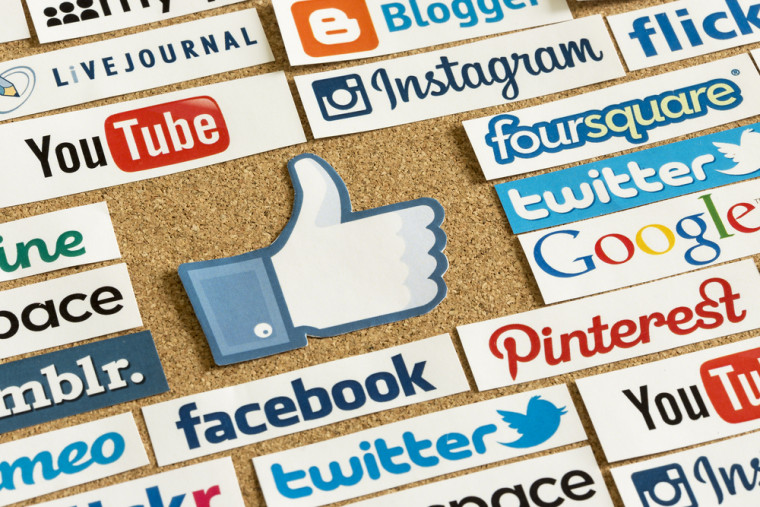

Social media presence is a great opportunity for business owners to reach out to their target audience on a regular basis. Be it a big brand or a startup,social media marketing is imperative to build brand awareness around your products and services and no one can deny the vital role it plays in the contemporary marketing landscape.
According to a Pew Research Center report, 74 percent of total Internet users are on social networking sites as of January 2014 and the number is steadily growing. Considering the chunk of potential customers these platforms hold, it is understandable why brands are going crazy about social media. However, you need to get off on the right foot or you could do more harm than good to your brand’s reputation.
When a Social Media Campaign Goes Wrong
There scores of examples of corporate social media campaigns going wrong, but McDonald’s #McDStories campaign is possibly one of the worst. In 2012, McDonald’s hashtag campaign became a bashtag for the popular fast food chain. To inspire a flurry of heartwarming real-life McDonald’s experiences on Twitter, the company introduced the “#McDStories” campaign which unexpectedly backfired when a large number of cynical social media users started attacking the company with their #McDHorrorStories.
It was a hard lesson for McDonald’s. They launched a mass campaign without knowing their audiences properly. When the company realized the mistake, they tried to rectify it. McDonald’s attempted to stop the hashtag campaign within two hours after its launch and then learned the second social media lesson: It is hard to control crowd-sourced campaigns. Continuing more than three years now, the #McDStories campaign is still alive – you can find at least a couple of new “horror stories” every day.
There are several other brands that have committed catastrophic social media content marketing mistakes, some of which went on to gain some serious haters on social media. Spirit Airlines, for example, tastelessly made fun of the nude photo releases of stars like Kate Upton, Rihanna, and Jennifer Lawrence with its #BareFares campaign. It didn’t take much time before Twitter users were slamming the discount airline company for its poor taste.
The French cosmetic giant Sephora also jeopardized its brand reputation after rolling out a vulgar hashtag by mistake on Twitter. Similarly, Epicurious, a Conde Nast-owned food website, enraged people by using the Boston bombings tragedy as a way to market its two new breakfast recipes.
Following a surge of angry responses, the company deleted the tweets almost immediately. But the damage was already done. The company’s lack of empathy further appalled the users when Epicurious used a blanket tweet to respond to each user.
There are many ways businesses can go wrong with their social media content marketing efforts and some of them can be catastrophic for their business. Here are two things you should avoid with your social content:
Overdoing Your Social Content
Have you seen a suspense thriller lately? Did you notice how the victim suddenly realizes the killer’s motive at the last moment and then wasted time in explaining it to the killer instead of running away or informing the right people? Hilarious, isn’t it.
Brands often settle for a similarly poor content strategy for their social media marketing campaigns. They go on and on with never-ending monologues, without considering the effectiveness. There is a reason why tweets are limited to 140 characters; short and crisp messages are most effective to gain people’s attention, if done right.
Three things you need to consider:
- Never overshare your information, as social media users are more likely to get bored with huge walls of text. Social media is not the place to write novels – worse still, they won’t be read.
- Share your content with the right audience. What’s the point of telling the killer why he wants to kill you? The goal is to get your marketing message to people who need it. Categorize your target audience, identify the platform where they are most active, and target those sites to share your content.
- Don’t wait to share your content until the last minute. Don’t wait to share about the great deal you’re offering just moments before launching it. You need to give people enough time to prepare instead of leaving them to figure things out at the last moment. Share posts frequently and regularly to build momentum.
While you need to share your content on a regular basis, the rule again is to not overdo it. People will get irritated if they think you’re trying to flood their walls with your marketing messages.
According to Buffer, here is a guide to post on your social media platforms:
- Facebook: 2 times a day
- Twitter: 14 times/day, never more than once per hour
- Google+: Twice a day, not on weekends
- LinkedIn: Once a day, not on weekends
Making Lead Gen a Bigger Agenda than Branding on Social Media
According to MarketingCharts.com, 37 percent of global marketers consider lead generation their primary objective for social media advertising, while 27 percent of companies cited it as branding. The objectives of your social media marketing efforts should always be brand-related.
But the recent finding prove that marketers are emphasizing on the wrong objectives.
They are focusing more on selling via these social platforms, instead of using them to establish a strong relationship with their customers. The sole motive, therefore, is to increase their bottom line and would rather try to sell you something rather than tell a story (which is key to creating brand awareness).
Don’t talk too much about your brand. Consumers don’t like to be inundated with sales pitches. Engage by sharing relevant, relatable content. The 5-3-2 Model for Social Sharing, for example, is a much better way to engage your audiences. Consider if you are publishing 10 posts on Twitter in a day, the breakdown would be:
- 5 posts of relative content from other sources
- 3 content posts from your brand, relevant to your audience. (However, these should not be aggressive sales pitches)
- 2 fun, personal content posts to humanize your brand
Use your social media efforts for promoting your brand. It is a fun, relaxed way to connect to your customers. Talk to them, tell them about yourself and your stories as a brand. You can elicit honest feedback about new launches and new strategies you implement in real time. As a brand, social media is your tool to connect to new, potential customers across the globe as well as to your loyal fans – socially.
Conclusion
Be careful with your content on social media. Even a simple spelling mistake or a wrong hashtag can cost a lot in the world of Facebook and Twitter. And the damage, once caused, is hard to recover from.
A properly trained team can avoiding content faux-pas and respond to your audience in a sensible and professional manner. This means you treat your social media audience just the way you treat an in-store customers. Social media is the place to interact with people and to build relationships which, when done properly, will help your brand be successful in the long run.
[“source-searchenginejournal”]


